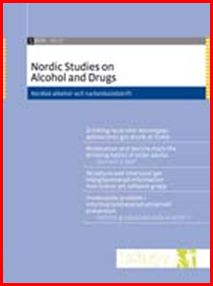The present work is funded by the U.S. Substance Abuse and Mental Health Services Administration, Center for Substance Abuse Prevention’s Prevention as Community Development: Projects of Regional and National Significance Grant and is the fourth in a series that examines the cost of drug and alcohol abuse to the criminal justice, healthcare, education, welfare, and workforce systems in West Virginia.
A comprehensive report, incorporating estimates from all these sectors, will be produced at the end of the project.
The present report attempts to capture the impact of drug and alcohol abuse on West Virginia’s child and family welfare sector, which includes the child and adult welfare system and those programs that provide income support and other social services programs to families.
For both systems, the present report estimates that, in 2009, substance abuse consumed over $95 million in West Virginia (Table 1).
Read Full Report (PDF)



























